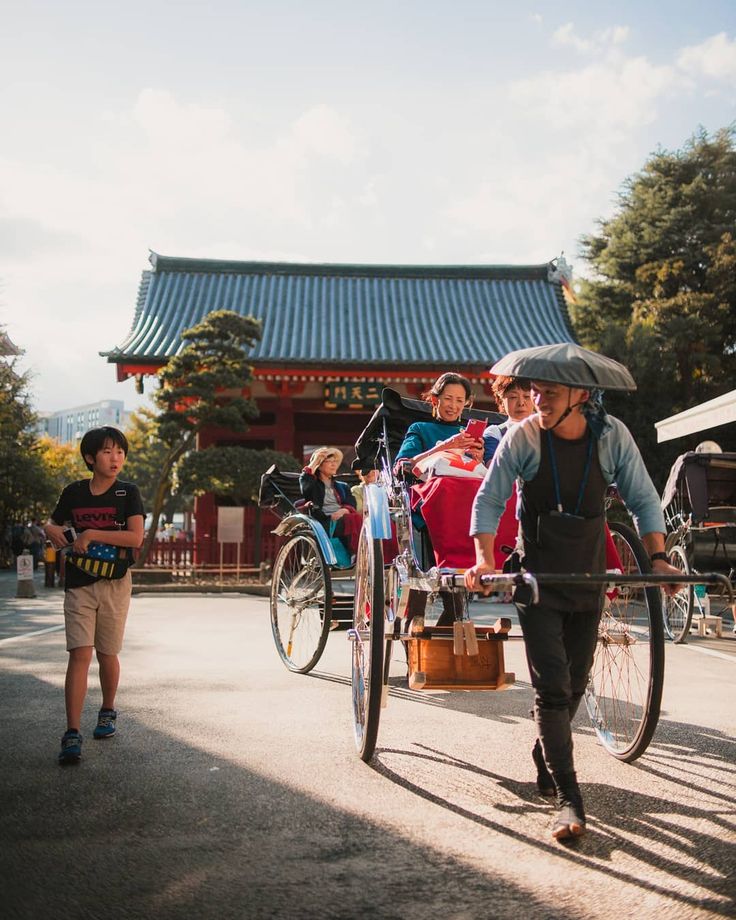I have seen countless stories in Japan make the same mistakes that could have been easily avoided if they had just done a little bit more research in advance. So today, let’s go over some of the most common mistakes I’ve seen tourists make over the past six years I’ve been living here in Japan, because I promise they’re really easily fixable.
And thinking about these things in advance will make your trip go a lot smoother.
1. Just coming to Japan at the wrong time, especially summer. Right now it is miserably hot and humid and it’s not fun. I have a whole video on summer, but if you can, I would really avoid July and August especially, but also coming during a Japanese holiday. There are a few times a year where Japanese domestic tourists just crowd everywhere and everything, and if possible, you don’t really want to be here during that time. Please see my separate video on that.

2. Not dressing properly. Japanese people in cities dress very well usually. And honestly, if you show up in leggings, you’re going to kind of stand out. I’m not saying you need to follow Japanese styling rules or anything like that, but I would caution against wearing athleisure if you’re not hiking or something. Think about how European people dress. If you’re European, you’re probably fine.
More than the fashion, I see a lot of people here with the wrong shoes. If you’re out here on a trip, you’re probably going to be walking a lot—like 20,000 steps a day. Japan has tons of stairs and metro stations just everywhere. So not only do you need to make sure that your shoes are comfortable, you need to make sure that they aren’t really hard to lace up.
In Japanese homes, it’s common to not wear shoes in the house. But beyond that, even at traditional-style restaurants or hotels, shrines, museums, even old castles—especially where there’s tatami—you’re going to have to take off your shoes. Leave the Docs at home. This is really not a good Docs country for travel.
Extra note: if you’re wearing sandals or any footwear without socks, keep an extra pair of socks in your bag. Some museums and shrines don’t allow bare feet.
3. Not booking your tickets for things in advance. Some activities—like TeamLab and the Ghibli Museum—sell out very quickly. Book in advance.

4. Not factoring in enough rest time into your schedule. Don’t plan your whole day down to the minute with back-to-back reservations. You’ll get tired fast. If you do a packed day, balance it with a chill day.
Same goes for traveling too much. Trying to go from Tokyo to Nagano to Karuizawa to Kanazawa to Kyoto to Osaka and back in one week is too much. You can do it, but be prepared for exhaustion.
5. Not realizing how small hotel rooms can be in Tokyo. Especially for American travelers, hotel rooms are probably the smallest you’ve ever stayed in. They’re efficiently designed, but the main issue is space—especially if you have a lot of luggage. Also, double-check the bed size. A “double” might mean a single adult and a child.
6. Worrying too much about the language gap. If you speak English, you’ll be okay. Tourist areas usually have staff who know enough English. Many products have English on them. Learn a little Japanese if you can, but don’t stress.
7. Coming as a really large group. Japan caters to small families. If you’re over four people, it’s harder to get restaurant seats without reservations. Large groups also have varying interests, so don’t feel like you all have to stay together every moment. Also, hotels that accommodate large groups are rare.
8. Not bringing a VPN. If you want to keep up with your shows, many sites like Crunchyroll are geo-blocked in Japan. VPNs like NordVPN help bypass that and protect your data—especially since public Wi-Fi in Japan isn’t very secure.

9. Not planning public transportation if you’re visiting rural areas. In the countryside, buses and trains may only come every few hours. Plan every leg in advance.
10. Not considering what time your flight arrives or leaves. Trains stop between midnight and 5 a.m. Narita’s last express trains are around 10 p.m.; Haneda around midnight. Delays could leave you stranded or unable to send luggage. You may need to book an airport hotel.
11. Not planning a chill arrival day. You’ll be tired. Don’t schedule something intense like TeamLab the same day you land. Leave the day open and see how you feel.
12. Traveling to Mount Fuji just to see it. It’s often cloudy, and you might not see it at all. Don’t make it your only activity. If you’re on the bullet train between Tokyo and Kyoto, sit on the correct side of the train for a possible view (right side from Tokyo to Kyoto, left side the other way).
13. Buying the JR Pass without research. It’s not automatically worth it anymore because the price nearly doubled. Consider regional JR passes or pay as you go. Add up your big trips and compare.
14. Not getting a Suica or IC transportation card. You can buy a physical card or download it to your phone in advance. These cards let you ride public transit and shop at convenience stores without cash.
15. Not planning meal times. Lunch is from 12–2 p.m., dinner from 5:30–9 p.m. Some places close between meals, and last order times can be early (as early as 8 p.m.). On weekends, reservations help. If not, expect to wait in lines—sometimes with a sign-up sheet outside the restaurant.
16. Not preparing for dietary restrictions. Restaurants in Japan may not modify dishes. Chain restaurants are especially inflexible. For allergies, notify restaurants when you book. Get an allergy card in Japanese. Vegetarian options are more common; vegan options are not—research in advance.
17. Not knowing how to order or pay at restaurants. Waitstaff won’t hover. Call out or use a button on the table. To pay, you’ll likely take your bill to a register. There’s usually a tray—don’t hand money or cards directly to the cashier. Cash is still essential, even in Tokyo.

